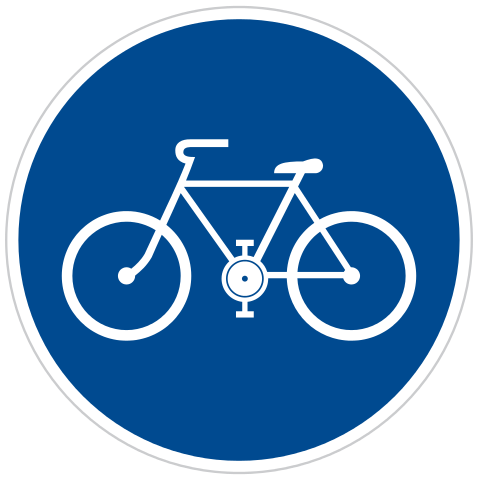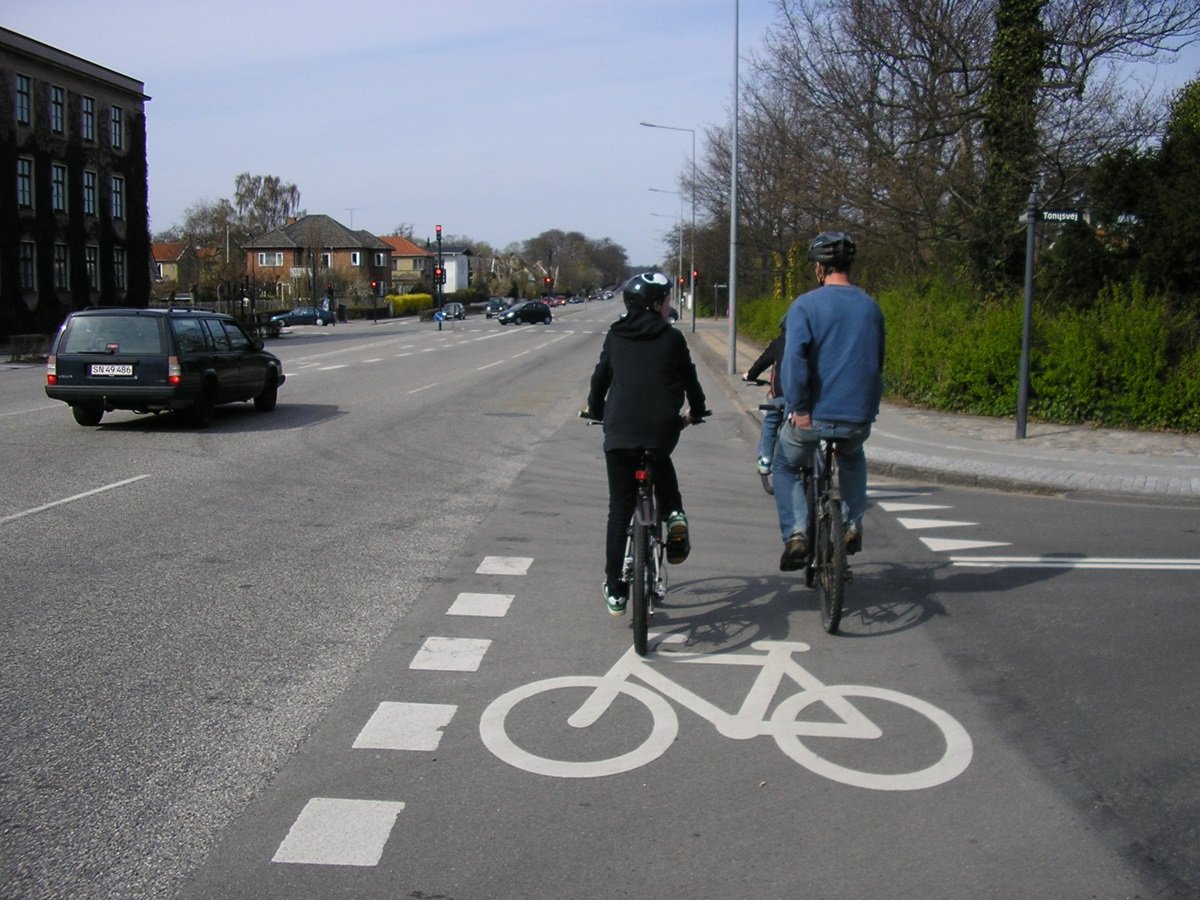7
Promoting cycling can save lives and advance health across Europe through improved air quality and increased physical activity
www.who.intOn World Bicycle Day, celebrated on 3 June, WHO highlights a new master plan that calls countries to acknowledge cycling as an equal mode of transport and to double the level of cycling by 2030. The Pan-European Master Plan for Cycling Promotion provides a set of recommendations to reallocate space for cycling and walking, improve active mobility infrastructure, increase cyclist and pedestrian safety to reduce fatalities, develop national cycling policies, and integrate cycling into health policies and urban and transport planning. Cycling can contribute to improving the environment as well as people’s health, safety and overall quality of life. Each year, about 1 million deaths in the WHO European Region are attributed to insufficient physical activity. Increasing the level of cycling can help to prevent these deaths. The Pan-European Master Plan for Cycling Promotion, endorsed by 56 countries of the pan-European region in May, supports this goal.During the pandemic, cycling emerged as a viable mobility option that enables physical distancing, relieves the burden on public transport and helps people to meet the minimum requirement for daily physical activity. Many countries have seen an increase in bicycle usage and developed new initiatives to support cycling that are opening the door for new, lasting policies. Cycling benefits both health and the economyActive mobility can prevent noncommunicable diseases (NCDs), including heart disease, stroke, diabetes and cancer, and their risk factors such as hypertension and obesity. In the European Region, NCDs account for more than 70% of all deaths. Regular cycling, such as commuting to work, can reduce the total risk of mortality by about 10%. An increase in physical activity would also reduce expenses related to the health sector. The global cost of physical inactivity is estimated to be US$ 54 billion per year in direct health care expenses and an additional US$ 14 billion in lost productivity. Cycling also reduces emissions of transport-related greenhouse gas and air pollutants, which in Europe cause around 500 000 deaths each year. The cycling-friendly redesign of traffic areas, including green spaces and public gardens, creates valuable public space, nicer areas to live and an improved quality of life for all.A focus on safety for cyclistsTo ensure that cycling can deliver all these health benefits, safety is paramount. This requires safe infrastructure, road design that provides the measures cyclists need, and reduced speeds. The 6th United Nations Global Road Safety Week this year calls for 30 km/h speed limits to be the norm in cities, towns and villages worldwide. This would decrease the number and severity of collisions involving cars, cyclists and pedestrians.The Master Plan calls countries to integrate cycling into national and international road safety policies, and to expand the infrastructure for cycling and walking in every country in Europe. It also highlights the importance of strengthening awareness among public health professionals to advocate cycling as a tool for promoting physical activity and improving public health. All health-related benefits of cycling should be promoted through formal and informal education from early childhood. The Pan-European Master Plan for Cycling Promotion was elaborated under the Transport, Health and Environment Pan-European Programme (THE PEP) Partnership on Cycling Promotion.
Preaching to the choir, I know… but cycling really can improve health drastically for those who do it regularly. Lots of people don’t get enough exercise, and getting onto a bike is a fun way for most of us to get it.
You must log in or register to comment.


